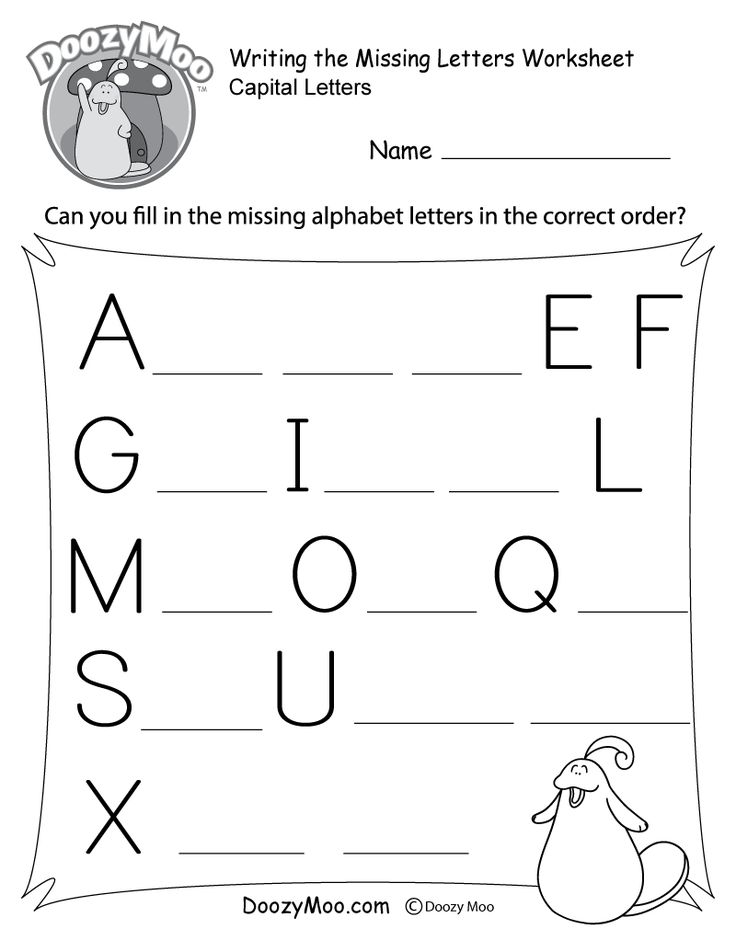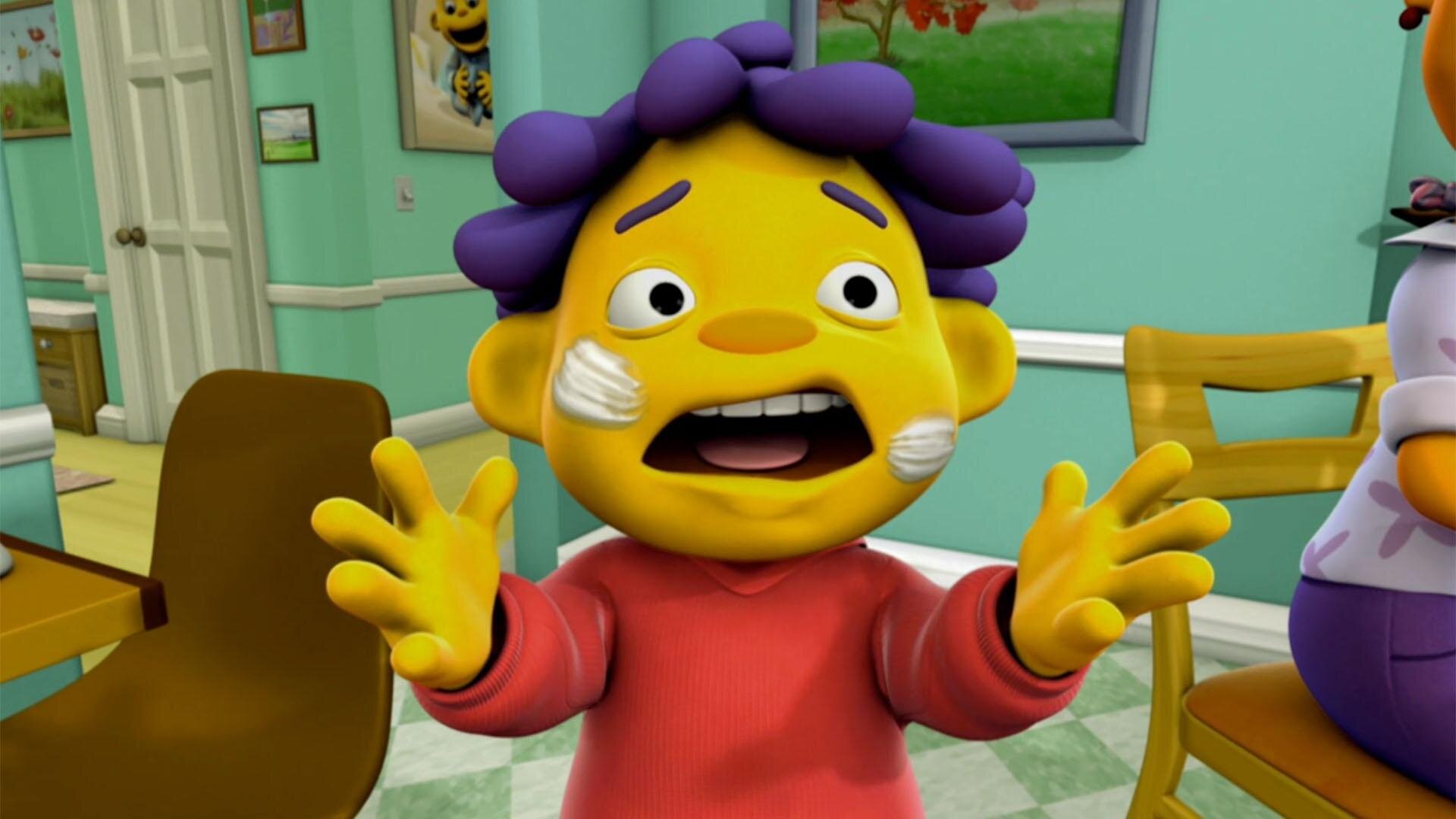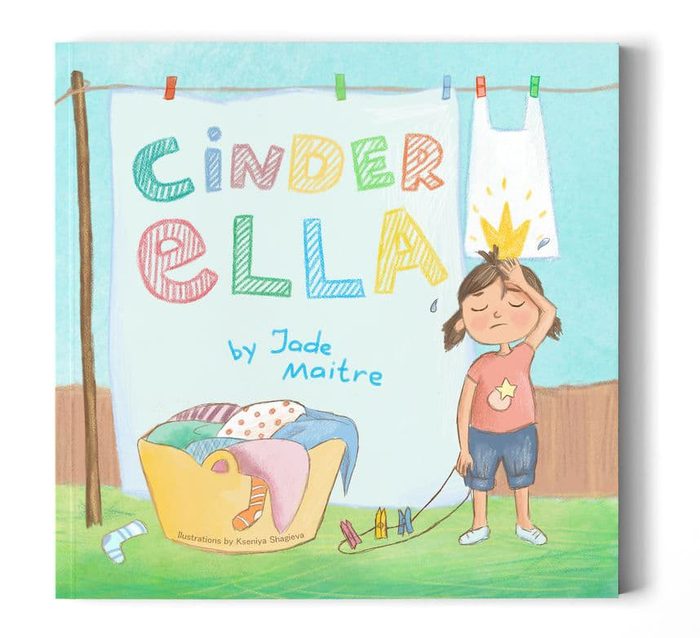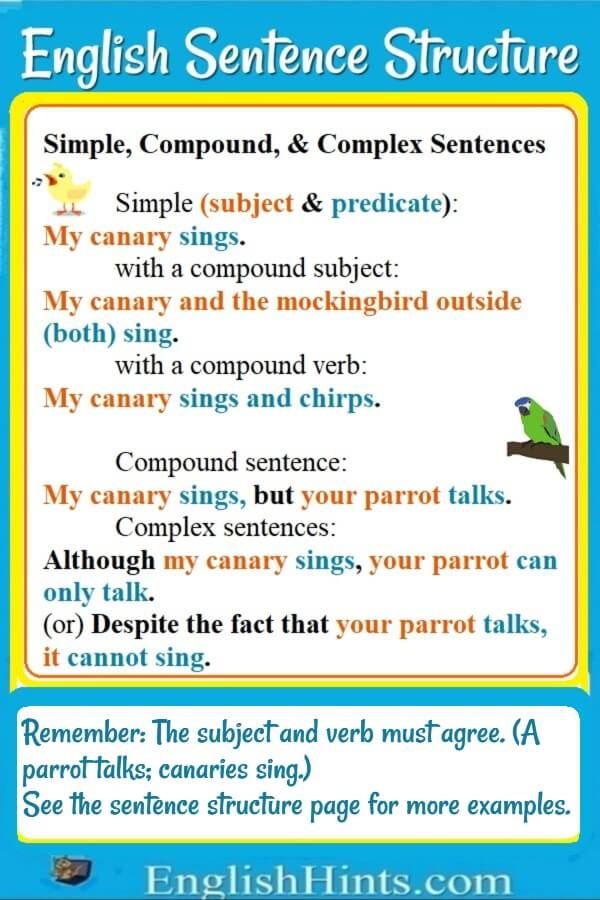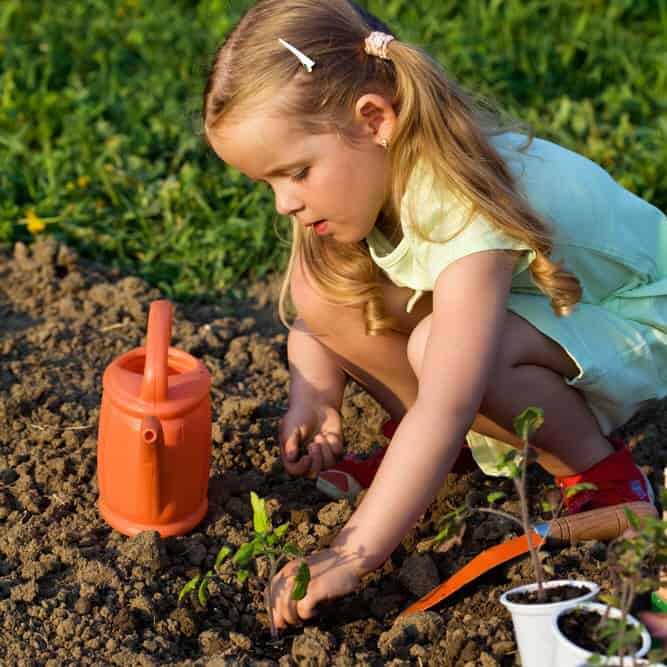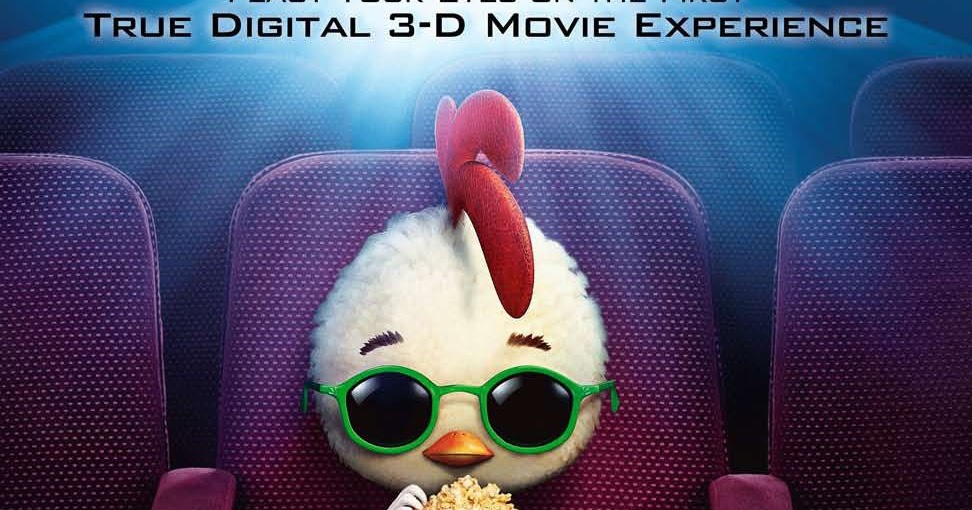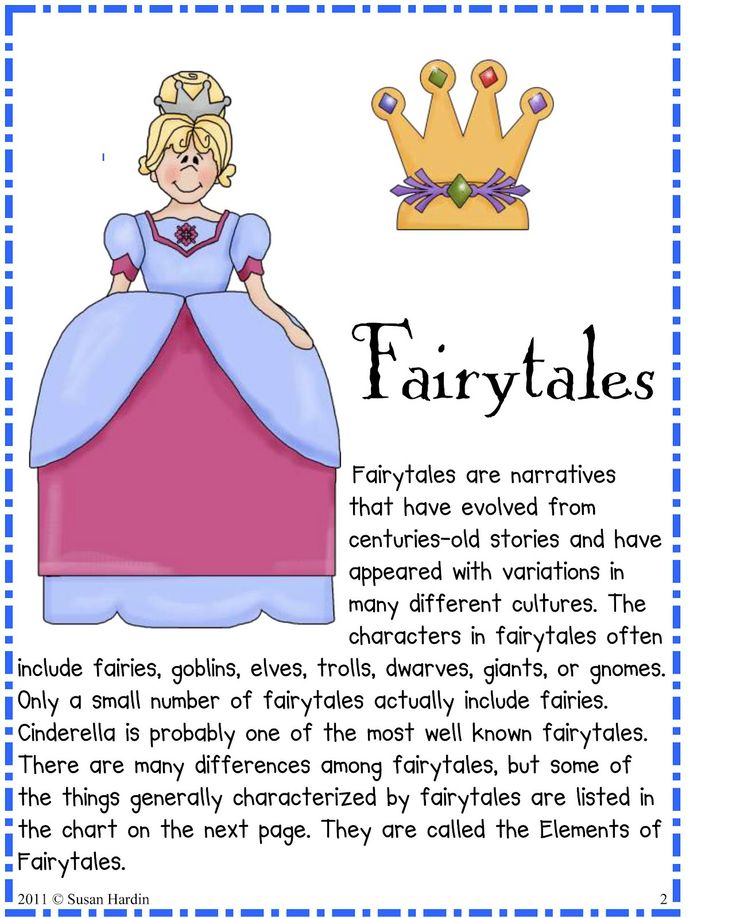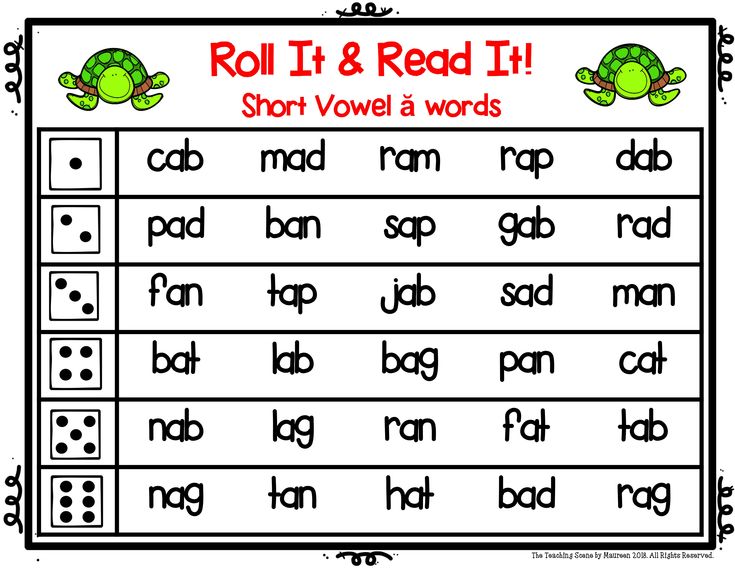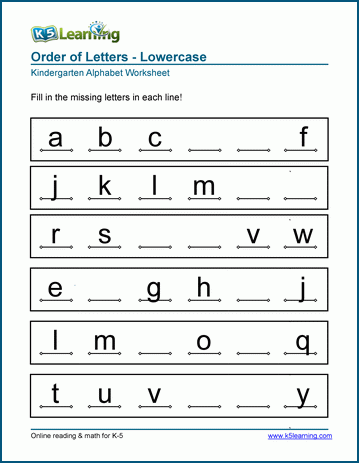Teaching about shapes
The Ultimate Guide to Teaching Shapes to Preschoolers
Here is everything you need to know about shapes for preschoolers! We’ll learn all about how to teach naming, constructing, and comparing 2D and 3D shapes – and why they’re important.
Giving preschoolers the tools they need to be successful in math is essential. A robust preschool math curriculum will include instruction in all five disciplines of math. This includes teaching preschoolers within the geometry discipline; aka: shapes!
What You Need to Know About Teaching Shapes to Preschoolers
There are so many fun, hands-on shape activities to do!The Importance of Learning Shapes in Preschool
Learning shapes is the most basic skill within the geometry discipline of math, so it makes sense that we spend plenty of time teaching our preschoolers about shapes. But there’s more to shapes than just their names.
Shapes are the foundation of geometry! In a preschool setting, geometry skills include identifying shapes, comparing shapes, differentiating between shapes, and creating shapes.
Learning shapes helps children identify and organize visual information. Learning shapes also helps children understand other signs and symbols, such as street signs or icons on a computer app. Teaching shapes to preschoolers encourages them to visualize and connect to the world around them.
Additionally, preschoolers apply what they know about numbers to each shape. How many sides does a square have? A triangle? How can we apply that knowledge to a circle which has no flat sides?
Can you make the three sides of a triangle?What Does Geometry Look Like in Preschool?
Geometry is a lot more than simply knowing shapes. It’s also about how to manipulate those shapes and how to fit them into different special concepts.
Geometry is one of the six primary strands of math that is considered foundational to later mathematical learning. Basic geometric principles connect directly to other mathematical concepts and skills, such as naming, constructing, comparing, and sorting, and children as young as early toddlers are developmentally ready to explore basic geometric principles.
During the toddler and preschool years, children amake connections in geometry by analyzing the properties of two and three-dimensional shapes. A box has corners and can be stacked, a ball is round and can be rolled.
Children practice composing by building, and decomposing by taking apart shapes. If a square is smooshed, it becomes a rectangle, if a circle is smooshed, it becomes an oval.
They interpret direction by using location terms such as “above” and “next to.” The amount of learning that takes place while playing with shapes, two-dimensional or otherwise, should not be underestimated.
Geometry Skills in Preschool Also Include the Following:
- Knowledge of shape names
- Knowledge of some shape attributes (a circle is round, a triangle is pointy)
- Completing 16-24 piece puzzles
- Stacking blocks
The Power of Spatial Awareness at an Early Age
Playing with shapes develops spacial relationships and knowledge of relative positions, and can require immense amounts of planning, such as the child who builds a tower like the one in her favorite storybook.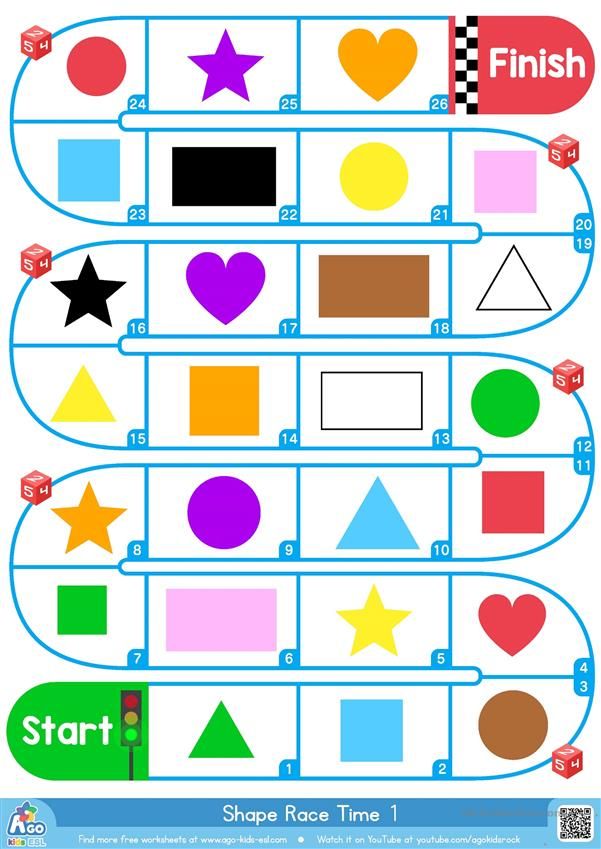
Preschoolers learn that they can combine two squares to make a rectangle. Or that triangles can be combined in different orientations to create a semi-circle.
What happens when we turn a shape upside down? Is it still the same shape even if it looks different? These skills develop spatial reasoning and spatial orientation which develops problem-solving and critical thinking skills.
For example, completing puzzles is a beginning geometry skill. Children are given a shape of some sort to fit into another shape, thus requiring them to manipulate the puzzle piece within a set space.
Sounds a bit like developing spatial awareness, right? It certainly is, and that’s an important skill for preschoolers as they are learning, even, how to manipulate their bodies to fit in the available space. Ever seen a preschooler try to sit on a specific mat during circle time and completely miss it? That’s not just a lack of coordination, but rather a spatial awareness skill that lacks development.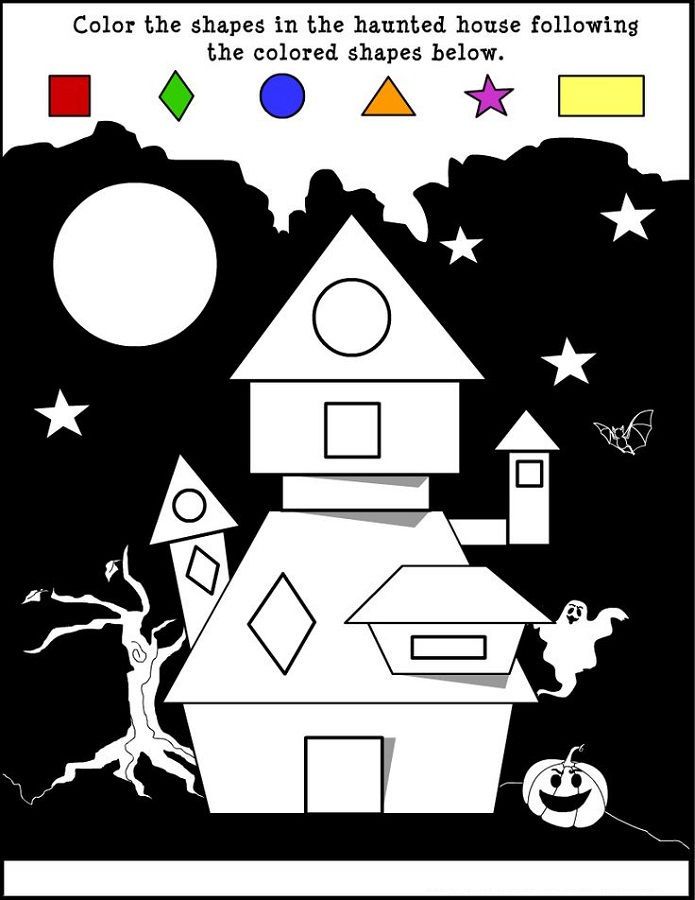
What Are Some Tips For Teaching Shapes in Preschool?
When teaching shapes in early childhood, it’s important to provide authentic and real-life practice with shapes as often as possible. Use engaging and interesting manipulatives, rather than strictly paper and pencil tasks. Here are some of our go-to’s!
Quality preschool shape activities can be found all over the classroom. There are hands-on, active opportunities to discuss, interact, and “play” with shapes in almost every corner of the classroom. The plates in the dramatic play area, the pattern on the baby doll’s clothes, and the squares on the calendar for each day of the week extend the shape exploration beyond the math center. Invite children to pay attention to their world and you’ll be amazed at what they detect!
Fun Ways to Teach Shapes
The more variety and the more hands-on learning activities you can offer, the better your preschooler or toddler will learn. For success in teaching shapes for prek and preschool, try some of these tips:
- Make a fun shapes sensory bin using shapes from around the house or classroom, foam shapes, or even cut out shapes from magazines.

- Use printable shape mats.
- Read high-quality books about shapes. See our suggestions below!
- Hide shapes around the room and seek them out.
- Hunt for shapes in real life and make connections between 2D and 3D shapes.
- Use manipulatives such as pattern blocks, geoboards, playdough, popsicle sticks, and various craft items to encourage shape creation and manipulation.
- Cut out shapes from construction paper and glue them together to make artwork or shape collages.
Teachers can help build on these concepts by asking questions such as:
- How do you know how many sides?
- Can you tell me more about that?
- How can we use these shapes in a different way? Can we turn the shapes or combine them to make a new shape?
- What happens if you try that again? Is it the same?
- Can we compare this 2D shape to this 3D shape? How are they alike? How are they different?
Children are naturally curious and might notice that triangles come in different variations and sizes but are still considered a triangle because they have three sides.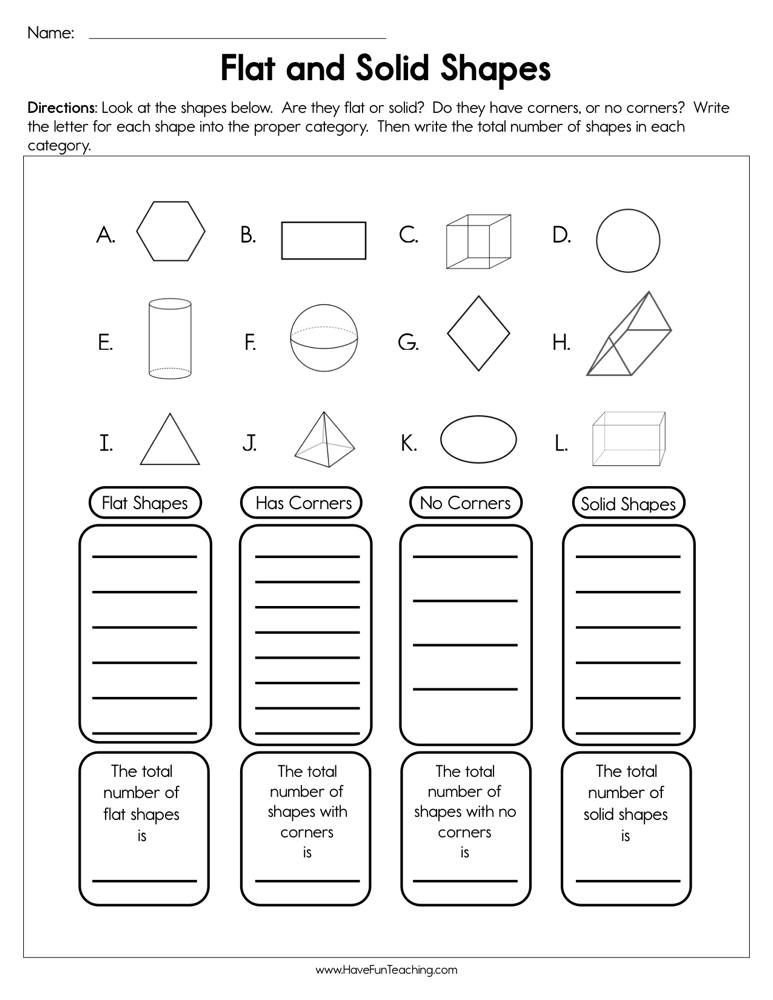 Encourage creativity and provide opportunities for children to develop their spatial awareness skills by fitting different shapes together to make new shapes.
Encourage creativity and provide opportunities for children to develop their spatial awareness skills by fitting different shapes together to make new shapes.
Use Shape Picture Books!
Another amazing resource for teaching shapes to preschoolers is picture books! These age-appropriate books break down the various shape names, the difference between two-dimensional and three-dimensional, and the fun of finding shapes in our everyday life. Here are some of our classroom favorites!
Get the Daily Lessons in Our Shapes Preschool Unit
Free Shape Activities for Preschoolers
The Secrets to Teaching Math to Preschoolers
Teaching math is an enormous task, and setting the foundation for our youngest learners is a lot of pressure.
That’s because there is a lot that goes into teaching math. It’s comprehensive and systematic. And learning shapes is only one piece of the puzzle.
Mathematicians indicate there are five disciplines of math (like mentioned above) that should be taught, which are as follows:
- number sense – the development of a deep understanding of numbers and the number system, to compose and decompose numbers and understand their various relationships
- algebra – the understanding of patterns and relationships, including sorting and categorizing
- geometry – the understanding of spatial relationships, prepositional terms, and the properties of two and three-dimensional shapes
- measurement – the ability to make comparisons and order, understanding measurable attributes
- data analysis and probability – (you are here) understanding data as a means of sharing organized information and understanding that certain variables affect data
Get Daily Lessons in Preschool Mathematics
Remember how I said that teaching math to preschoolers is systematic? That means you can’t put the cart before the horse.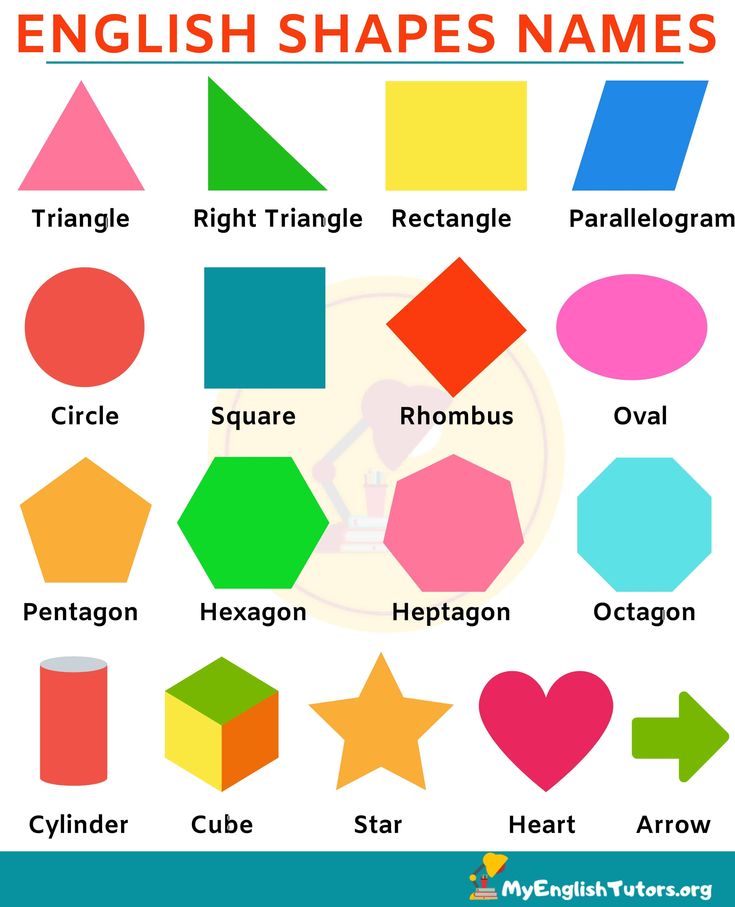 When it comes to teaching math, the skills need to be taught at the right time and in the right order.
When it comes to teaching math, the skills need to be taught at the right time and in the right order.
Make teaching preschool math easy with done-for-you Daily Lessons in the Preschool Mathematics Curriculum.
Lauren Vaughan
I am an educator, book enthusiast, and a stay at home momma to two precious and long-awaited littles. My degree is in Early Childhood Education and Curriculum and Instruction and I have spent the last 15 years working with young children. I feel very fortunate to have this time to watch my babies grow and I can’t wait to share my passion for learning and reading with you!
27 Amazing Activities for Learning Shapes
Learning shapes is an early and important teaching concept. This is a terrific way to introduce children to problem-solving skills and pattern recognition. The learning of shapes prepares students for future math courses such as geometry. Check out these 27 amazing ideas for learning shapes!
1. Box of Chocolates
Create your very own box of chocolates with a variety of shapes. Use a stencil to cut shapes from foam board. Draw basic shapes inside a heart drawing to represent a box of Valentine’s chocolates. Students will match the foam shapes to the drawings. This is a super activity for Valentine’s Day!
Use a stencil to cut shapes from foam board. Draw basic shapes inside a heart drawing to represent a box of Valentine’s chocolates. Students will match the foam shapes to the drawings. This is a super activity for Valentine’s Day!
Learn more: Active Littles
2. Shape Bingo
Shape Bingo is a great idea for 3D shape practice! This fun activity is free and can be used in the classroom with the entire group or for classroom learning centers.
Learn more: 123 Homeschool 4 Me
3. Beanbag Shape Hop and Toss
For this engaging activity, use painter's tape to create outlines of shapes on the floor. Have your children hop from shape to shape. You can have them say the name of the shape once they hop into it. They can also throw beanbags into the shapes for more fun.
Learn more: Learn Play Imagine
4. Edible Shapes: Tic-Tac-Toe Cookies
Kids will absolutely love this shape activity.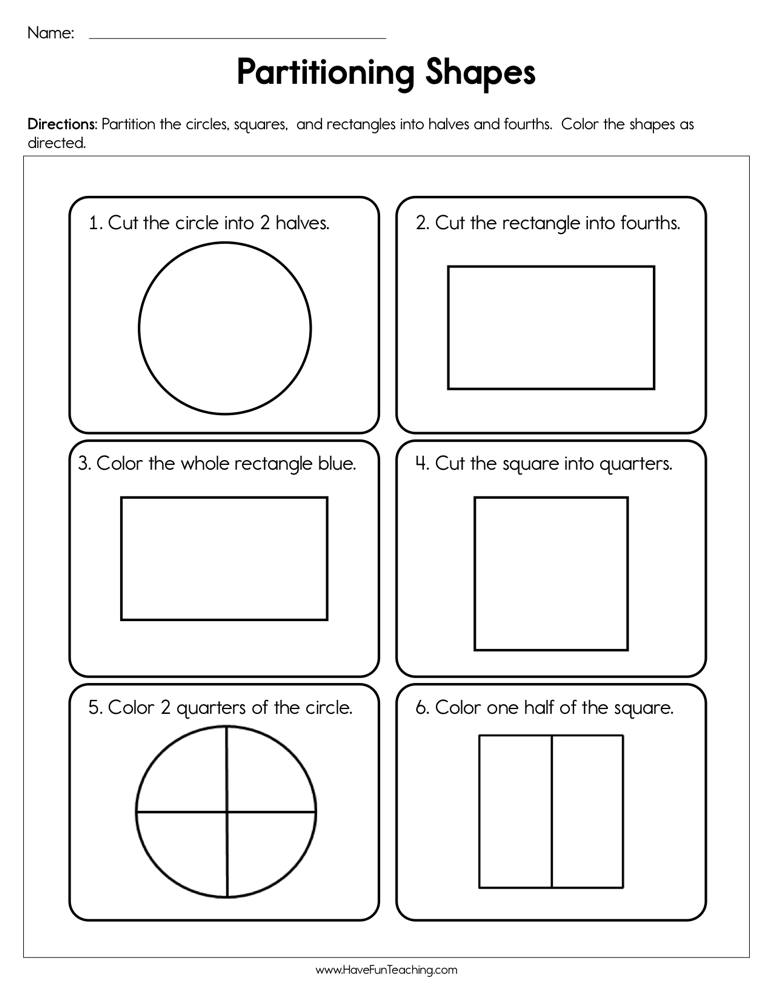 They will get to help make chocolate chip cookies shaped like X's and O's. Once they finish playing a few rounds of tic-tac-toe, they will have the opportunity to eat the delicious cookies!
They will get to help make chocolate chip cookies shaped like X's and O's. Once they finish playing a few rounds of tic-tac-toe, they will have the opportunity to eat the delicious cookies!
Learn more: The Realistic Mama
5. Shapes Sorting Suncatcher
This is a favorite shape sorter for 2 to 3-year-old children. You will need contact paper, scrapbook paper, and felt or foam shape pieces. You can make or own or purchase them.
Learn more: Happy to Shelf
6. Snowman Shape Matching
Children love building snowmen, so they will have a blast with this free snowman-themed activity! Kids will learn about shapes as they match each snowman's head to its same shaped body.
Learn more: Tot Schooling
7. Shape Art
Cut out several shapes and create a piece of art as a classroom example. Next, give each student a stack of the same shapes and have them create the same masterpiece.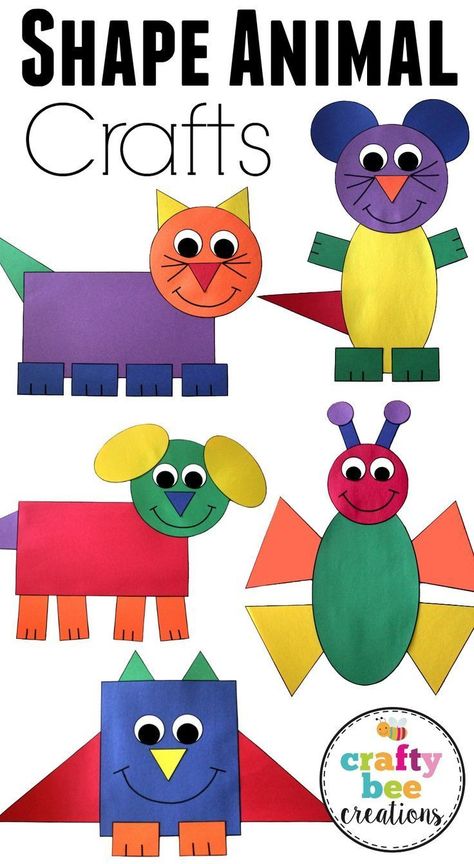 When students have completed their artwork, you will have a fun classroom display!
When students have completed their artwork, you will have a fun classroom display!
Learn more: Raising the Spenglers
8. Marshmallow Geometry
Marshmallow geometry is an engaging and fun activity for teaching children shapes. They will learn the names of 2D shapes as well as their characteristics. All you need is pretzel sticks, miniature marshmallows, markers, and card stock or construction paper.
Learn more: Playdough to Plato
9. 2D Shape Poems
Children love these shape poems! These poems are free and allow students to be introduced to a variety of key shapes. Leave these displayed in your classroom for students to see on a daily basis.
Learn more: Miss Kindergarten
10. Clip Shapes
These free shape printables are a fun activity for shape identification for preschoolers and toddlers. They will learn to be successful at shape-matching while they strengthen their fine motor skills.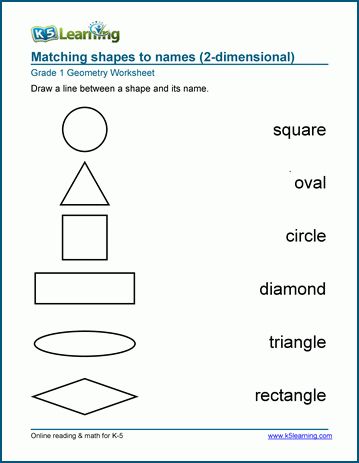
Learn more: Modern Preschool
11. Ice Tray Shape Sorting
Purchase wooden circles, a plastic ice tray, and shape stickers or colored paper cut in shapes. If you use colored paper, you will also need glue to attach the shapes to the wooden circles. Children will place the wooden circles in the correct spot on the tray.
Learn more: Mess for Less
12. Shape Monsters Craft
The shapes monsters craft is so much fun for kids! They will learn about shapes and colors as they create their very own monsters. The only supplies you need are construction paper, glue, and scissors.
Learn more: Live Well Play Together
13. Circle Collage
Teach children about the circle shape. You will need colored paper, scissors, and glue to complete this activity. Have the child cut out a large circle and many small circles. The child will then glue the smaller circles on the larger circle.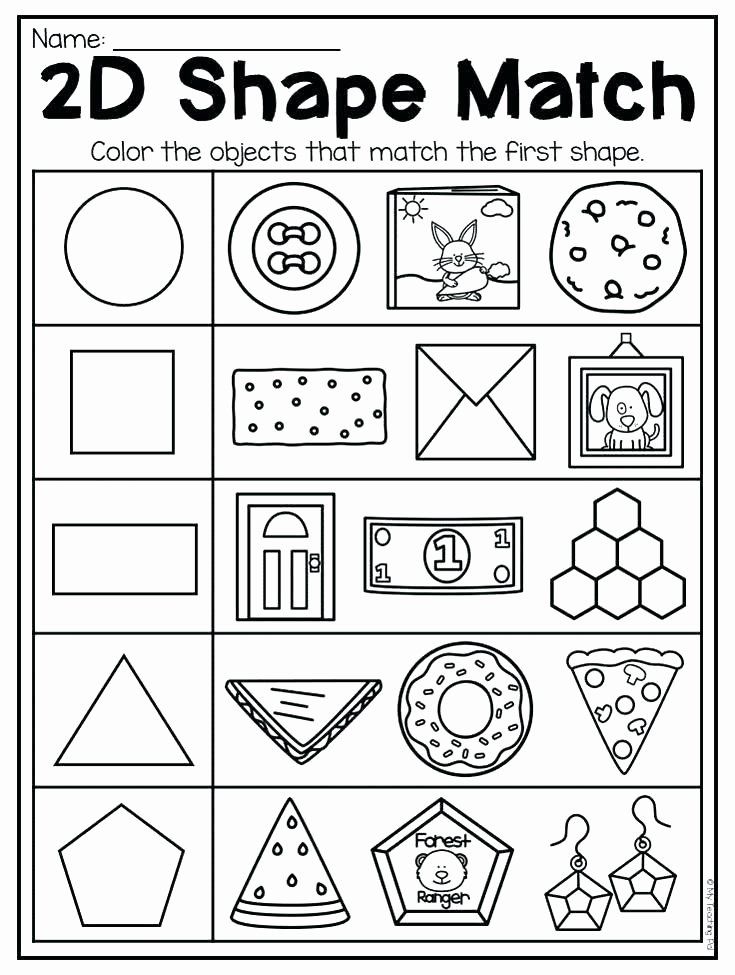
Learn more: Family Education
14. 20 Fun Shape Books
Using stories about shapes is a terrific way to teach kids all about shapes! They can learn about shape names with these books. This resource will help you find the perfect shape book to use with your child today!
Learn more: 123 Homeschool 4 Me
15. Basic Shapes Workbook
Using shape workbooks is a wonderful way to teach your children all about shapes. This workbook is created for preschoolers and offers shape guides, tracing, patterns, matching, activities, and much more. Buy yours today!
Learn more: Libro World
16. DIY Shape Puzzle
This simple shape puzzle is a DIY activity that is so easy to make. Your little one will enjoy playing with it over and over again as they learn all about basic shapes and their characteristics.
Learn more: Laughing Kids Learn
17. Preschool Shape Scavenger Hunt
Preschoolers will love this shape activity, and it is so easy and inexpensive to create.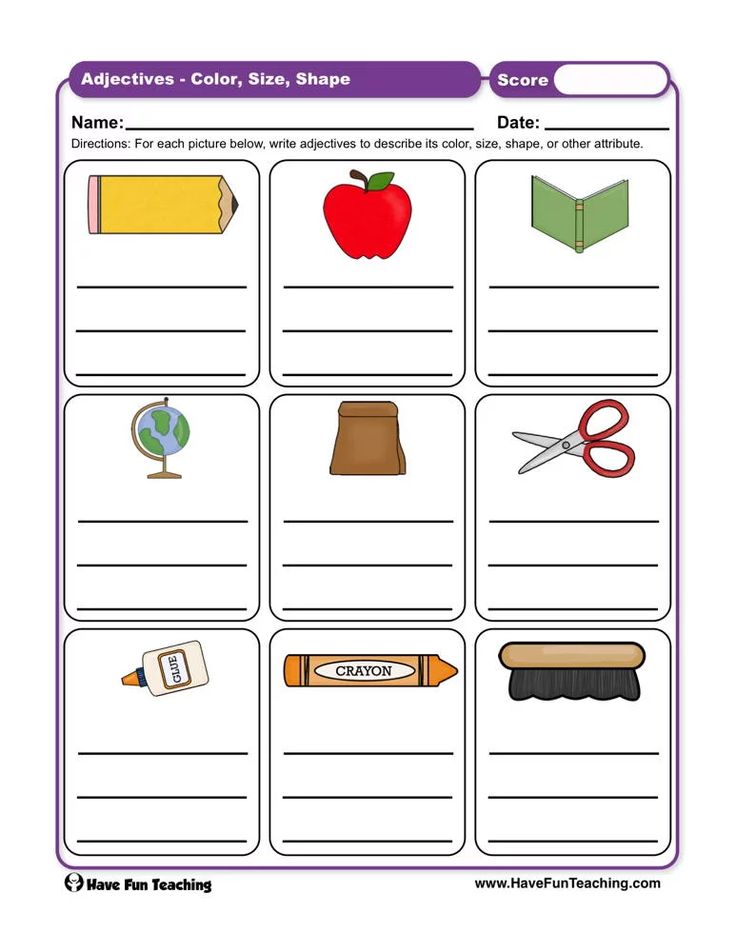 Just draw some shapes on pieces of paper and have your child find real-life objects to match the shapes.
Just draw some shapes on pieces of paper and have your child find real-life objects to match the shapes.
Learn more: Frugal Fun 4 Boys
18. Learn Shapes with Sticks
You and your child can venture out in nature and have your child pick up a few small sticks to create simple craft stick shapes. They will have a blast in nature as well as create these basic shapes.
Learn more: Toddler in Action
19. Shape Sensory Bottles
The little learners will have lots of sensory shape fun with this activity! These sensory bottles are super easy to make, and little ones can twist, flip, or shake the bottles to find the basic shapes. These bottles are perfect for center time or quiet time!
Learn more: Pocket of Preschool
20. Shape Clouds
Little ones will enjoy making clouds out of shapes. This activity is simple to create; all you need is a shape printable, glue, and cotton balls. Let your little one create clouds of different shapes and have a blast doing so.
Let your little one create clouds of different shapes and have a blast doing so.
Learn more: Planning Playtime
21. Spaghetti Noodle Shapes
This free resource provides 10 shapes printables that will help your child strengthen motor skills while learning all about shapes. Your child will use cooked spaghetti noodles to outline the shapes. They will have a tremendous amount of fun completing this activity!
Learn more: Schooltime Snippets
22. Bubble Wrap Painting - Learning Shapes
Kids will love this bubble wrap painting activity, and they will learn about shapes. They will have a blast popping the bubbles and painting different shape patterns. Your child will also develop fine motor skills as well as improve hand and eye coordination.
Learn more: Learning 4 Kids
23. Sticky Shape Rainbow Activity
Purchase a large tub of foam sticker shapes, so your child can create a shape rainbow.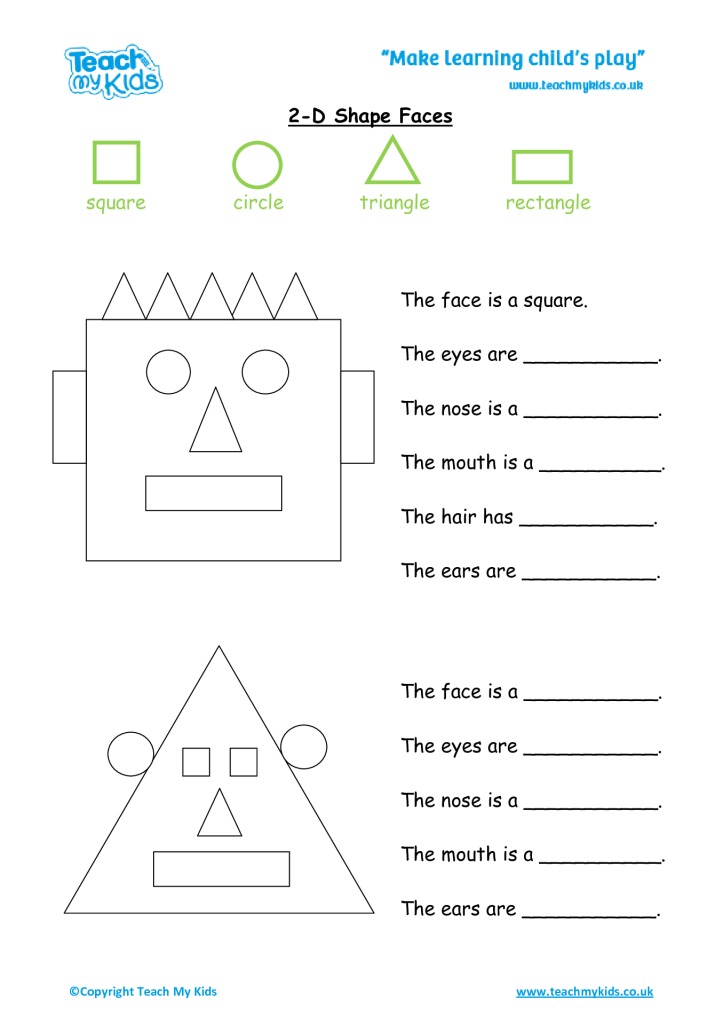 Draw the outline of a rainbow and put one shape of each color in a certain place on the rainbow outline and then allow your child to fill in the rest.
Draw the outline of a rainbow and put one shape of each color in a certain place on the rainbow outline and then allow your child to fill in the rest.
Learn more: Fun Learning for Kids
24. Magazine Shape Hunt and Sort
Are you searching for an engaging activity that will increase your child's fine motor skills and hand-eye coordination? If so, this is the perfect activity. It will also teach your child about shapes and encourage the use of critical thinking skills.
Learn more: Fun Learning for Kids
25. Preschool Pipe Cleaner Shapes Activity
This video will explain the preschool pipe cleaner shapes activity. This fabulous activity is perfect for 2-4-year-old children. It increases fine motor skills as well as hand-eye coordination. Your child will also learn about shapes, colors, and counting.
Learn more: Zaneta The Work At Home Mama
26. Build a Robot
Your child will learn about shapes while creating a cool robot! This engaging activity also develops cognitive skills and fine motor skills.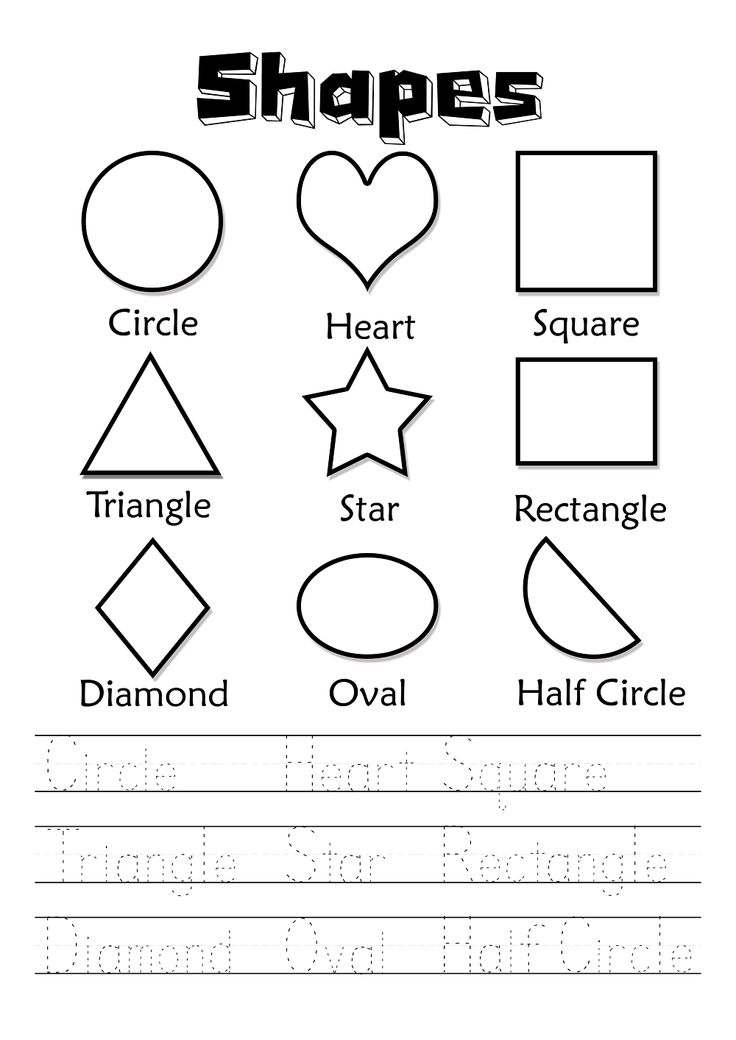 Cut out the shapes and glue the robot together.
Cut out the shapes and glue the robot together.
Learn more: Fun House Toys
27. Magic Disappearing Shapes
Draw a variety of basic shapes on a coffee filter. Name a shape and have your child drip water over the correct shape. The shape will disappear, and you can move to the next shape. This activity is also terrific for fine motor practice!
Learn more: Gift of Curiosity
Aristotle | |
384-322 BC | CV |
XPOHOCPROJECT INTRODUCTIONCHRONOS FORUMCHRONOS NEWSCHRONOS LIBRARYHISTORICAL SOURCESCVINDEXGENEALOGY CHARTSCOUNTRIES AND STATESETHNONYMSRELIGIONS OF THE WORLDHISTORICAL ARTICLESTEACHING METHODOLOGYSITE MAPAUTHORS OF CHRONOSRelated projects:RUMYANTSEV MUSEUMDOCUMENTS OF THE XX CENTURYHISTORICAL GEOGRAPHYRULERS OF THE WORLDWAR OF 1812WORLD ISLAVYETHNOCYCLOPEDIAAPSUARARUSSIAN FIELD | Aristotle
Aristotle (384-322 BC) - the greatest ancient Greek philosopher, who created his original teaching, which constituted an era in philosophy. The literary legacy of Aristotle that has come down to us is not complete, except Moreover, not everything that has come down is recognized as truly Aristotelian. mature works Aristotle can be divided into several groups: logical works called "Organon", which includes "Categories", "On Interpretation", "Analysts", "Topeka", "On sophistical refutations"; a book about being "Metaphysics"; natural sciences works - "Physics", "About the sky", "About parts of animals", etc.; ethical works - "Nicomachean ethics"; treatise "Politics"; work on rhetoric and poetics - "The Art of Rhetoric", "On Poetics". List of Aristotle's works testifies to the encyclopedic nature of the issues under consideration. While still in walls of the Platonic Academy, Aristotle disagreed with Plato in his philosophical views. Subsequently, he criticized the Platonic theory of ideas, which was important for the further development of philosophy. According to Plato, things must be explained by means of ideas, i.e., by Aristotle should recognize the causal dependence of ideas and things, but Plato denies any causal relationship between them. Ideas, according to Plato, are examples of things, but this is a figurative expression, not a philosophical explanation. Except Moreover, since a thing is manifold, it must in this case have several samples, i.e. a few ideas. According to Aristotle, the Platonic idea, being the essence of a thing, at the same time torn off from the thing itself, and thus it turns out that the essence of the thing is torn off from the thing itself. Aristotle in his philosophical reasoning proceeded primarily from recognition of the existence of an objective world that is material. According to Aristotle, each concrete sensible thing is a unity "matter" and "form". "Form" is understood by Aristotle as the essence of a thing. Form in the same time is non-material, but it is not something external in relation to matter. Matter and form are "what things are made of". Every thing is like shaped matter. An example is a copper ball representing a unity of copper (substance) and sphericity (form). The opposite of "form" and "matter" for Aristotle is relative. Copper can act as matter in relation to one object (for example, a ball) and shape in relation to another object (for example, physical elements). Copper may not be decorated, but in at the same time in potency it contains the form as a possibility. Those. form - yes the realized possibility of matter. Thus, Aristotle has correlative transition from matter to form and vice versa. Aristotle developed the original doctrine of the four kinds of causes. He distinguishes four types of causes: 1) material, or matter; 2) formal, or form; 3) producing; 4) final, or goal. The material cause is matter, it "denotes the material that is part of the thing, from which, things arise" [Aristotle. Metaphysics. V, 2, 1013a24-1013c21]. Formal reason is that, under the influence of form, matter is transformed into reality. The producing cause is that which creates things. "So, for example, the person who gave advice is the cause of what is done, and that which changes - the cause of what changes" [Ibid.]. Target cause Aristotle understands in the sense that something is done for the sake of something. The problem of form and matter has introduced two very important concepts into philosophy - this possibility and reality, which were of great importance for the subsequent development of philosophy, as they allowed, on the basis of their application, to solve the problem occurrence, which in this case was explained by the specific features of the thing. Nature for Aristotle acted as the transformation of possibility into reality. He likened life to the nature of human activity, pointing out that, just as a sculptor creates a figure from a block of marble, turning the possibilities of marble into reality, so in nature the possibilities of the seed updated in the plant. Aristotle distinguished between "first" and "last" matter. The "first" matter is the basis of all being, it is only a possibility that can act as any reality, but is not itself a reality, it is only conceived, forming a potential prerequisite for existence. In contrast from the "first" matter, the "last" is also the possibility of any forms, and at the same time reality, since this matter has certain features and a concept can be expressed, formulated about it. In the example considered earlier, this "last" matter is copper, ball. Of these, the main types of movement are circular and rectilinear. With teaching Aristotle on the types of motion is connected with his teaching on the physical elements of nature. He believed, like Empedocles, that nature consists of four elements: fire, air, water and land, each of which is characterized by a combination of two qualities that form two classes - active and passive qualities. At the center of the world is the motionless Earth, it does not make circular movement, but tends to the center of the world. Thus he rejects the heliocentric an idea that was just in its infancy at the time. According to Aristotle, the earth, being in center of the spherical world, itself has a spherical shape. around the earth in spheres are in the process of rotation, planets and the sky with stars are fixed on them. This cosmological scheme was subsequently developed by Ptolemy and adopted all before the discovery of Nicolaus Copernicus. played an important role in the history of philosophy Aristotle's doctrine of knowledge. Here he proceeds from the position that, regardless of human being, there is an objective world that is material, independent of the cognizer subject. The first stage of cognition is sensory cognition through sensations, which are a reflection of the external world, they are the imprints of the forms of knowable items. Aristotle laid the foundations of logic as a science, if understood in this case science not as a special branch of knowledge, but as a set of methodological positions in the study. The main method of Aristotle's logic is reduction, consisting in distinguishing between the conditions under which the proof. Aristotle clearly formulated the laws of thought: the law of identity (the concept must be used in the same meaning), the law of contradiction (sentences and judgments cannot be true at the same time as their negation), law of the excluded middle (if two mutually contradictory judgments are given, then with Under these conditions, only one can be true). Aristotle considered induction as a way of knowing the general. In logic Aristotle's development of the question of general principles was of great importance. proof. The first principle is that proof was carried out by a successive series of steps, starting with the axioms as the most obvious statements. The second principle is to adopt rules that guarantee the formal correctness of the conclusions. Aristotle's merit is that he defined the general principles of proof, the rules of the syllogism as inferences, leading to proof. Aristotle's socio-political views are closely intertwined with his views on morality. He believed that the state, which he did not separate from society, should demand from a member of society virtuous behavior, without which life is impossible the last one. Virtues according to Aristotle are divided into ethical, based on habit and custom, and dianoetic - reasonable, based on reasoning. The ethical virtues are active, the dianoetic virtues are contemplative, though bound with behavior. Therefore, Aristotle called ethics practical philosophy. The virtuous member of society strives to avoid excess in all respects, since morality consists in the observance of a certain measure. Aristotle made a significant contribution to ancient aesthetics. For him art had a cognitive value, and in this he sharply diverged from Plato, who separated and contrasted art and knowledge. Art, according to Aristotle, reproduces reality, using all creativity possibilities. Blinnikov L.V. Brief dictionary of philosophical personalities. M., 2002. Back to main page Aristotle
|
|
| CHRONOS: WORLD HISTORY ON THE INTERNET |
| | CHRONOS exists since January 20, 2000,Editor Vyacheslav RumyantsevWhen quoting, give a link to CHRONOS |
Doctrine of Forms and Classifications of Relief
The solution to this crossword puzzle is 9 letters long and begins with the letter O
Below you will find the correct answer to Landforms Crossword Clue, if you need more help finishing your crossword continue your navigation and try our search function.

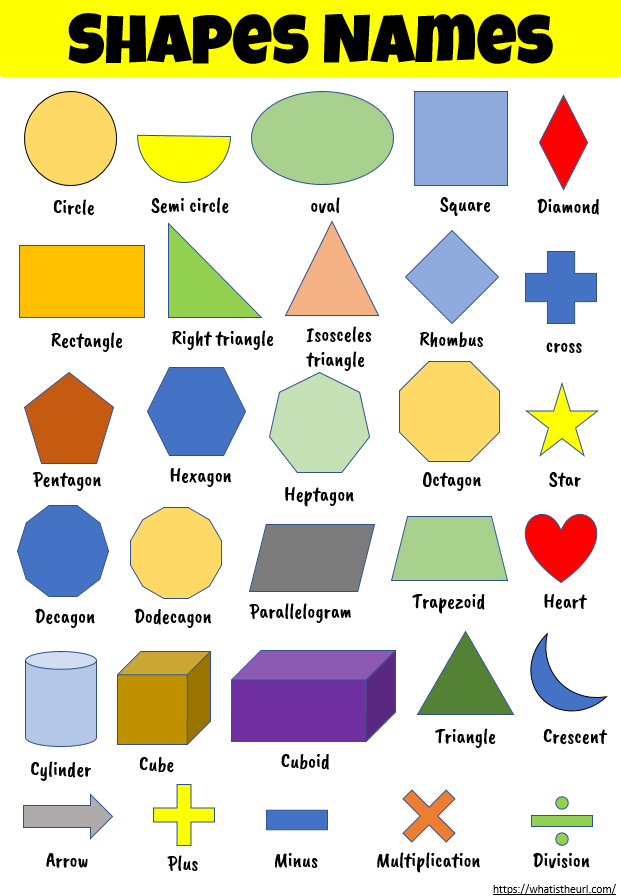 He came from the city of Stagira (that's why he is often called Stagirite). His father Nicomachus was a doctor at the court of the Macedonian king Amyntas Sh. In 367 BC, when Aristotle was seventeen he left for Athens to continue Education and entered the Platonic Academy, becoming a student of Plato. IN Academy stayed for 20 years until the death of Plato, after which he moved to Atarney, and then - to Methylene. After a while he is the son's tutor Macedonian king Philip Alexander. Three years later, Philip dies, Alexander becomes king and Aristotle returns to Athens on the fiftieth year of life after a twelve-year absence. Creates a school in Athens the name Likey, since it was located on the territory of the gymnasium, adjoining to the Temple of Apollo Lyceum. Aristotle usually taught in the alleys gymnasium, so the school was called peripatetic (from the Greek word "peripateo" - I walk). After the death of Alexander (323 BC) in Athens, an anti-Macedonian uprising took place. Aristotle always advocated connections with Macedonia.
He came from the city of Stagira (that's why he is often called Stagirite). His father Nicomachus was a doctor at the court of the Macedonian king Amyntas Sh. In 367 BC, when Aristotle was seventeen he left for Athens to continue Education and entered the Platonic Academy, becoming a student of Plato. IN Academy stayed for 20 years until the death of Plato, after which he moved to Atarney, and then - to Methylene. After a while he is the son's tutor Macedonian king Philip Alexander. Three years later, Philip dies, Alexander becomes king and Aristotle returns to Athens on the fiftieth year of life after a twelve-year absence. Creates a school in Athens the name Likey, since it was located on the territory of the gymnasium, adjoining to the Temple of Apollo Lyceum. Aristotle usually taught in the alleys gymnasium, so the school was called peripatetic (from the Greek word "peripateo" - I walk). After the death of Alexander (323 BC) in Athens, an anti-Macedonian uprising took place. Aristotle always advocated connections with Macedonia. He was charged with "godlessness", but he did not began to wait for the court and went to Chalkis on about. Euboea, where he died a year later 322 B.C.
He was charged with "godlessness", but he did not began to wait for the court and went to Chalkis on about. Euboea, where he died a year later 322 B.C. 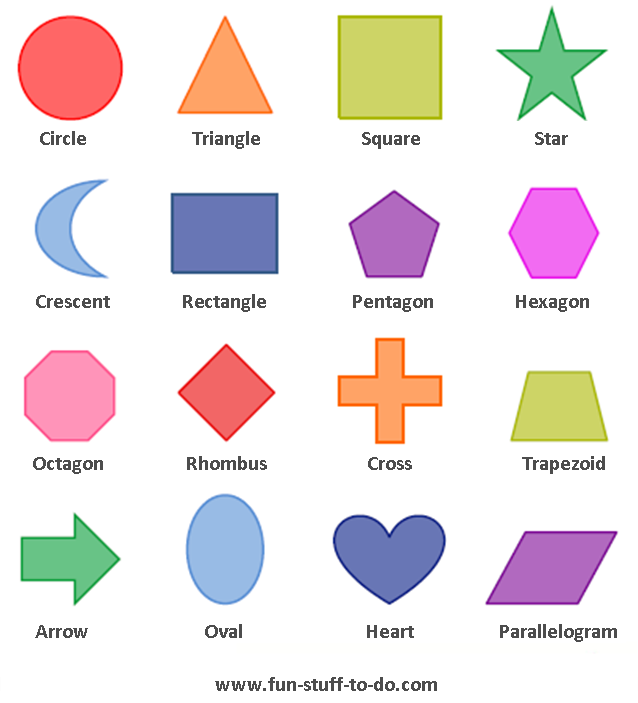 He believed that the division into ideas and things has no rational meaning, since ideas are simply copies of sensible things and are identical to them in content. Separating ideas from things causes it to double what it should be explained.
He believed that the division into ideas and things has no rational meaning, since ideas are simply copies of sensible things and are identical to them in content. Separating ideas from things causes it to double what it should be explained. 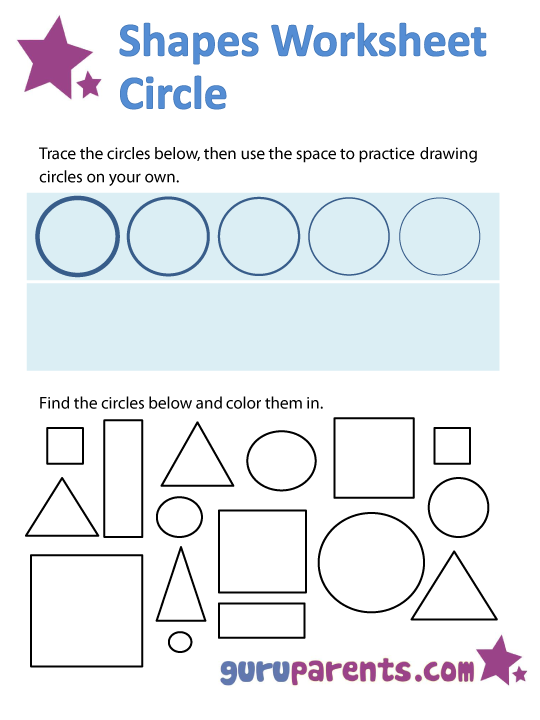 Based on their criticism of Plato's "ideas" that are outside of things, Aristotle tried to create the theory that the essence is in the things themselves.
Based on their criticism of Plato's "ideas" that are outside of things, Aristotle tried to create the theory that the essence is in the things themselves. 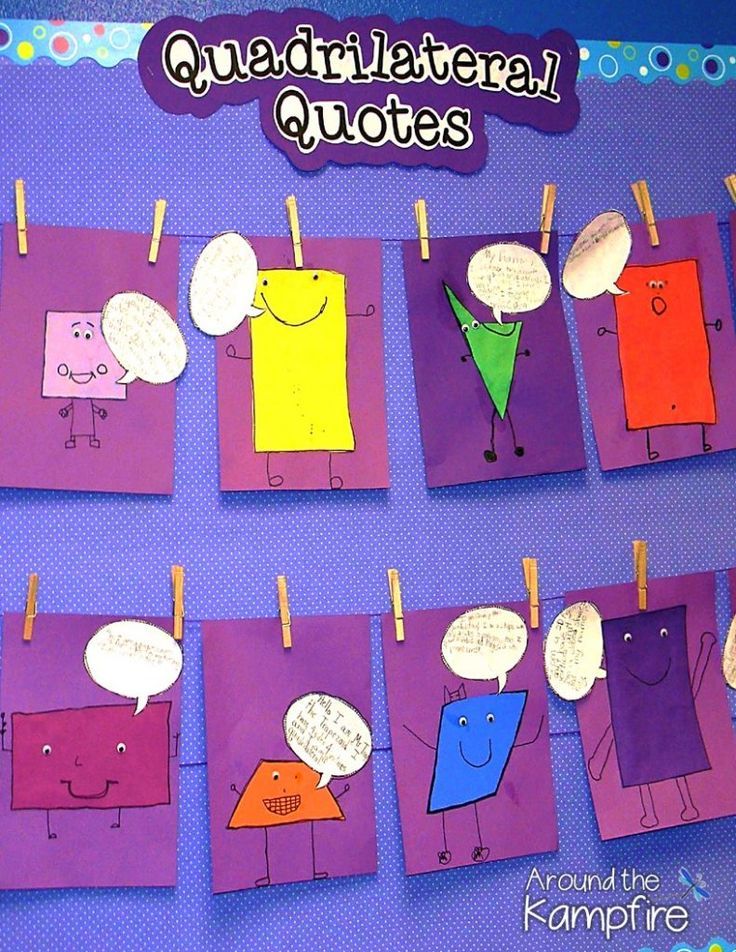 This hierarchy of forms leads to a higher "form", which is the last and behind which there is no longer neither form nor matter follows. The last form is the prime mover, or God. Thus, matter and form, according to Aristotle, are a unity, the relationship, the development of phenomena, he understood as the formation of matter.
This hierarchy of forms leads to a higher "form", which is the last and behind which there is no longer neither form nor matter follows. The last form is the prime mover, or God. Thus, matter and form, according to Aristotle, are a unity, the relationship, the development of phenomena, he understood as the formation of matter. 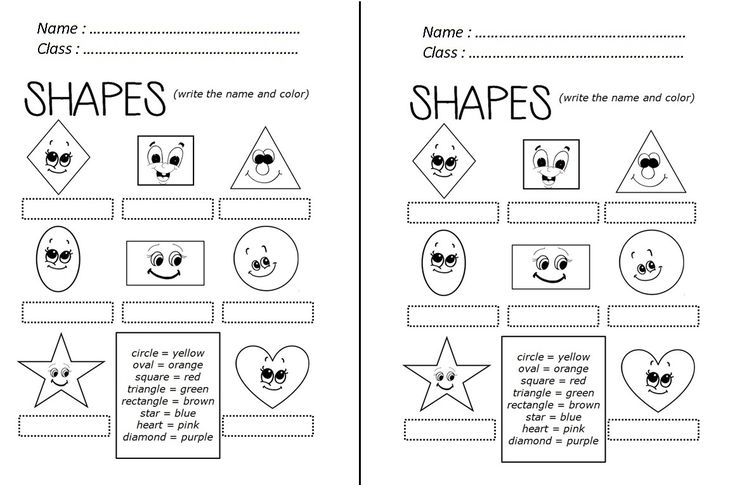 "For example, the purpose of the festivities is health". Aristotle's theory of causes can be explained by the example given by him by ourselves: an architect builds a house, in this case the material is matter, the plan of the house is is the form, the architect is the producing cause, and the finished building is target. In the question of the relationship between form and matter, he believed that matter is passive and formless, but the form is active, active. The form thus became essence of being. Moreover, the form was considered as such a beginning, which precedes matter, in view of the fact that form is active and matter is passive.
"For example, the purpose of the festivities is health". Aristotle's theory of causes can be explained by the example given by him by ourselves: an architect builds a house, in this case the material is matter, the plan of the house is is the form, the architect is the producing cause, and the finished building is target. In the question of the relationship between form and matter, he believed that matter is passive and formless, but the form is active, active. The form thus became essence of being. Moreover, the form was considered as such a beginning, which precedes matter, in view of the fact that form is active and matter is passive. 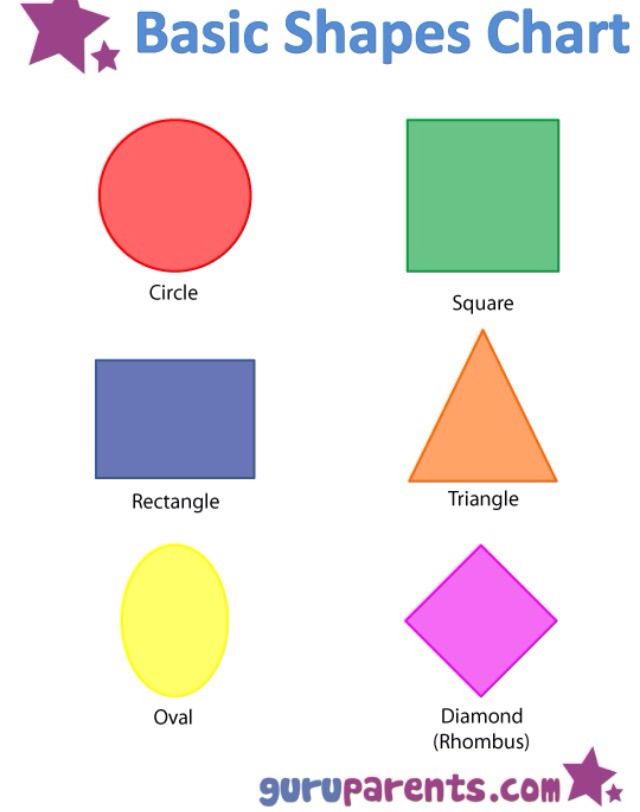 These categories pointed to the source of the movement, no longer considered as an external in relation to the thing, but as lying within it.
These categories pointed to the source of the movement, no longer considered as an external in relation to the thing, but as lying within it. 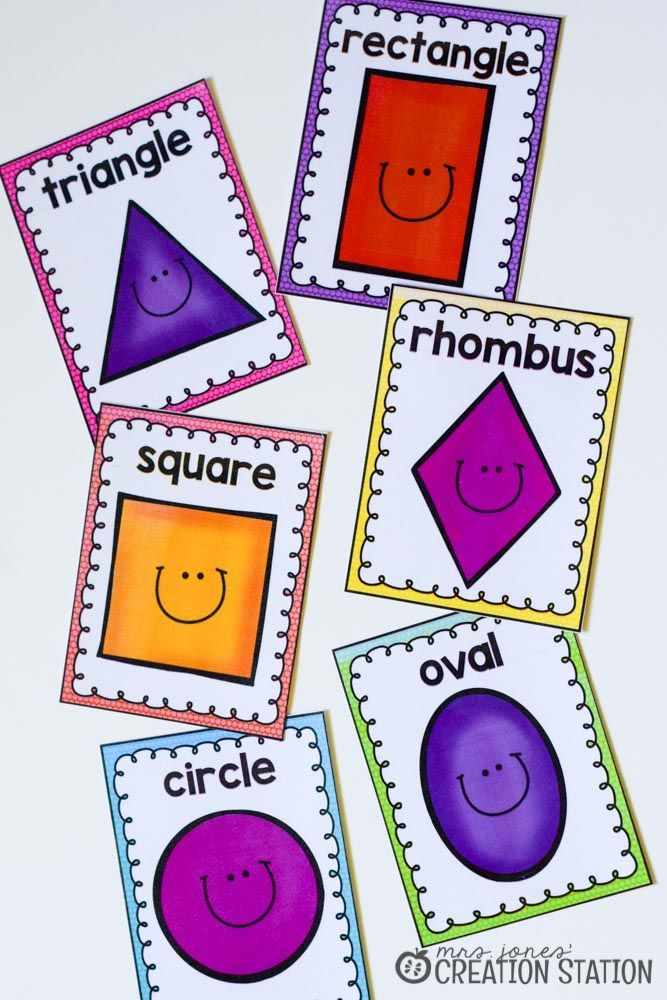 The questions discussed above about matter, form, causes cover the area the so-called first philosophy as the doctrine of immutable and immovable essences, albeit in their connection with the movement. These questions are dealt with by Aristotle in his "Metaphysics", which received its name by chance, due to the fact that in the collection Andronicus of Rhodes, who compiled a list of the works of Aristotle, this work was "after physics". However, the word "metaphysics" later received its own, a special meaning - as a doctrine of the principles of being, not disclosed by physics, i.e. speculative, ontological propositions from which other philosophical positions. Aristotle did a lot of valuable and important work in areas of natural philosophy, physics, although the latter is not separated by a sharp boundary from first philosophy. Aristotle's physics is not physics in the modern sense, but the same general philosophical questions, but closely related to the understanding of nature, i.e.
The questions discussed above about matter, form, causes cover the area the so-called first philosophy as the doctrine of immutable and immovable essences, albeit in their connection with the movement. These questions are dealt with by Aristotle in his "Metaphysics", which received its name by chance, due to the fact that in the collection Andronicus of Rhodes, who compiled a list of the works of Aristotle, this work was "after physics". However, the word "metaphysics" later received its own, a special meaning - as a doctrine of the principles of being, not disclosed by physics, i.e. speculative, ontological propositions from which other philosophical positions. Aristotle did a lot of valuable and important work in areas of natural philosophy, physics, although the latter is not separated by a sharp boundary from first philosophy. Aristotle's physics is not physics in the modern sense, but the same general philosophical questions, but closely related to the understanding of nature, i.e. natural philosophy. Specific physical issues are dealt with by Aristotle in treatises: "Meteorology", "On the emergence and destruction", etc. An important contribution to philosophy introduced by Aristotle on the problem of understanding movement. He distinguishes four type of movement: 1) emergence and destruction; 2) a qualitative change, or transformation of properties; 3) quantitative change, i.e. increase or decrease; 4) movement in space. Chief among these views for Aristotle - movement in space, which acts as a condition for all other types movement and to which all other species are reduced. Exploring movement in space as such, Aristotle divides it into separate types, and namely: 1) circular motion; 2) straightness; 3) combination of rectangular circular motion.
natural philosophy. Specific physical issues are dealt with by Aristotle in treatises: "Meteorology", "On the emergence and destruction", etc. An important contribution to philosophy introduced by Aristotle on the problem of understanding movement. He distinguishes four type of movement: 1) emergence and destruction; 2) a qualitative change, or transformation of properties; 3) quantitative change, i.e. increase or decrease; 4) movement in space. Chief among these views for Aristotle - movement in space, which acts as a condition for all other types movement and to which all other species are reduced. Exploring movement in space as such, Aristotle divides it into separate types, and namely: 1) circular motion; 2) straightness; 3) combination of rectangular circular motion. 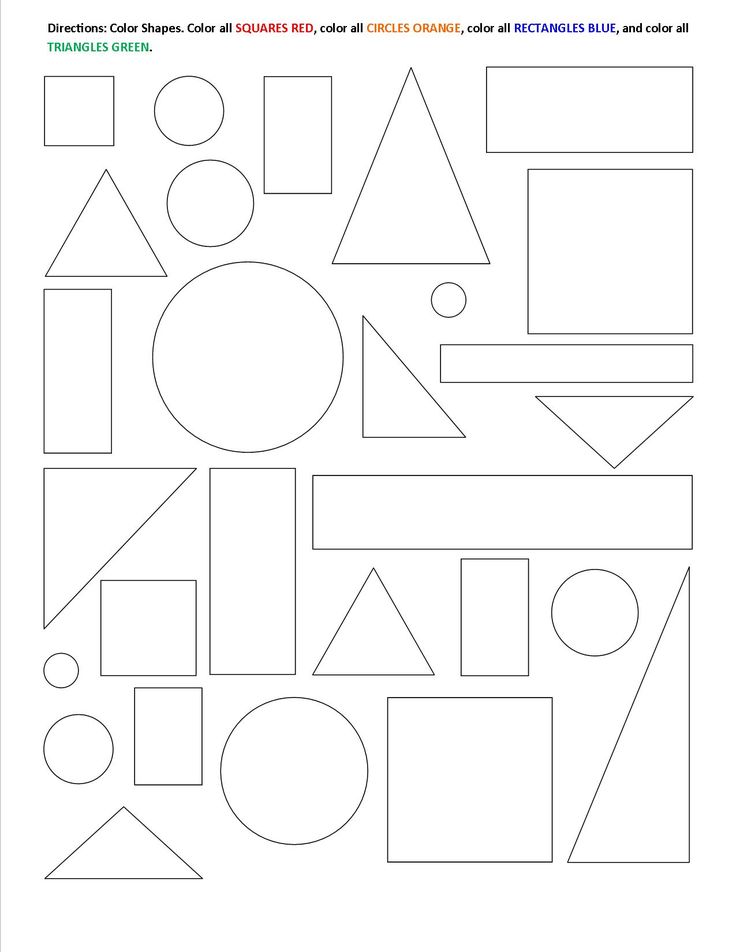 Fire has qualities of warm (active) and dry (passive), air - warm (active) and wet (passive), water - cold (active) and wet (passive), earth - cold (active) and dry (passive). In addition to those listed elements, there is, according to Aristotle, another fifth - ether, which fills everything world space and from which the celestial bodies are composed. By nature, he different from the other four elements. Ether has the property of immutability and perfection. For Aristotle, the combination of the four elements, or elements, in various quantitative ratios forms a complex body in which these elements penetrate each other and dissolve in each other. In this for Aristotle expressed the fluidity and variability of phenomena in nature, the idea of the universal connection of things in the world around us, the idea of mutual transitions and interconnection of phenomena. However these views of nature were not the result of an empirical study of the world, but were natural-philosophical propositions derived from the philosophical system, and therefore often leading to untrue conclusions.
Fire has qualities of warm (active) and dry (passive), air - warm (active) and wet (passive), water - cold (active) and wet (passive), earth - cold (active) and dry (passive). In addition to those listed elements, there is, according to Aristotle, another fifth - ether, which fills everything world space and from which the celestial bodies are composed. By nature, he different from the other four elements. Ether has the property of immutability and perfection. For Aristotle, the combination of the four elements, or elements, in various quantitative ratios forms a complex body in which these elements penetrate each other and dissolve in each other. In this for Aristotle expressed the fluidity and variability of phenomena in nature, the idea of the universal connection of things in the world around us, the idea of mutual transitions and interconnection of phenomena. However these views of nature were not the result of an empirical study of the world, but were natural-philosophical propositions derived from the philosophical system, and therefore often leading to untrue conclusions.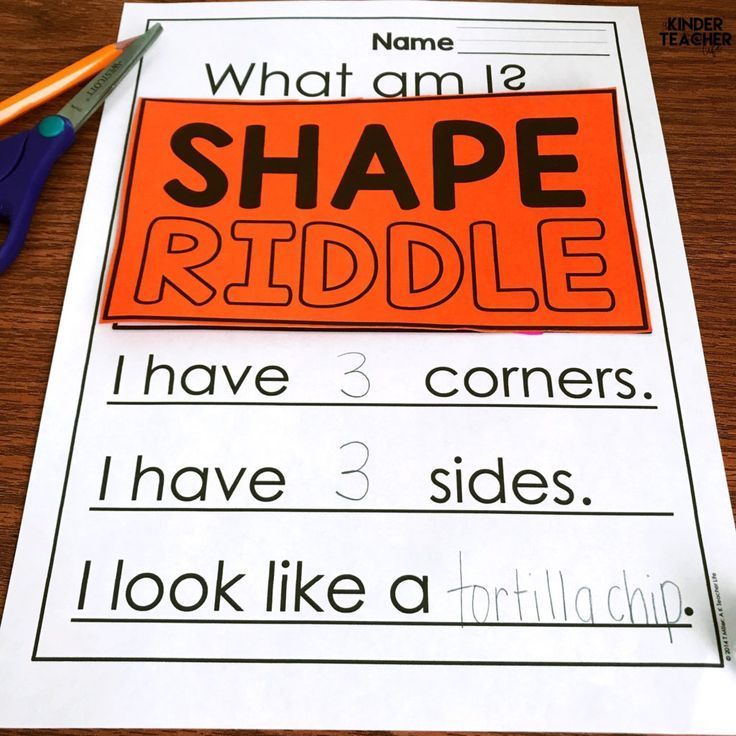 So, for example, if you follow Aristotle, a smaller body, mixing with a larger one, loses its properties and takes on the properties of a larger one, and vice versa: by mixing wine with water, we we get water if there is more water, and wine if there is more wine. Aristotle spoke against atomism, believing that indivisible particles of matter do not exist, since even the smallest particle of matter consists of four elements, otherwise Otherwise, these particles would not have the qualities that the whole body has. Aristotle's natural-philosophical views are permeated by teleology. According to Aristotle, any phenomenon implies the possibility of change and the goal towards which this change. The realization, the fulfillment of this goal, Aristotle calls entelechy, which is a kind of program of change. in living organisms Aristotle associates the concept of purpose with the concept of the soul. But he endures purposeful functions of the soul on the world as a whole. For Aristotle, teleological determines the expedient nature of the entire world process, which is directed towards a single goal.
So, for example, if you follow Aristotle, a smaller body, mixing with a larger one, loses its properties and takes on the properties of a larger one, and vice versa: by mixing wine with water, we we get water if there is more water, and wine if there is more wine. Aristotle spoke against atomism, believing that indivisible particles of matter do not exist, since even the smallest particle of matter consists of four elements, otherwise Otherwise, these particles would not have the qualities that the whole body has. Aristotle's natural-philosophical views are permeated by teleology. According to Aristotle, any phenomenon implies the possibility of change and the goal towards which this change. The realization, the fulfillment of this goal, Aristotle calls entelechy, which is a kind of program of change. in living organisms Aristotle associates the concept of purpose with the concept of the soul. But he endures purposeful functions of the soul on the world as a whole. For Aristotle, teleological determines the expedient nature of the entire world process, which is directed towards a single goal.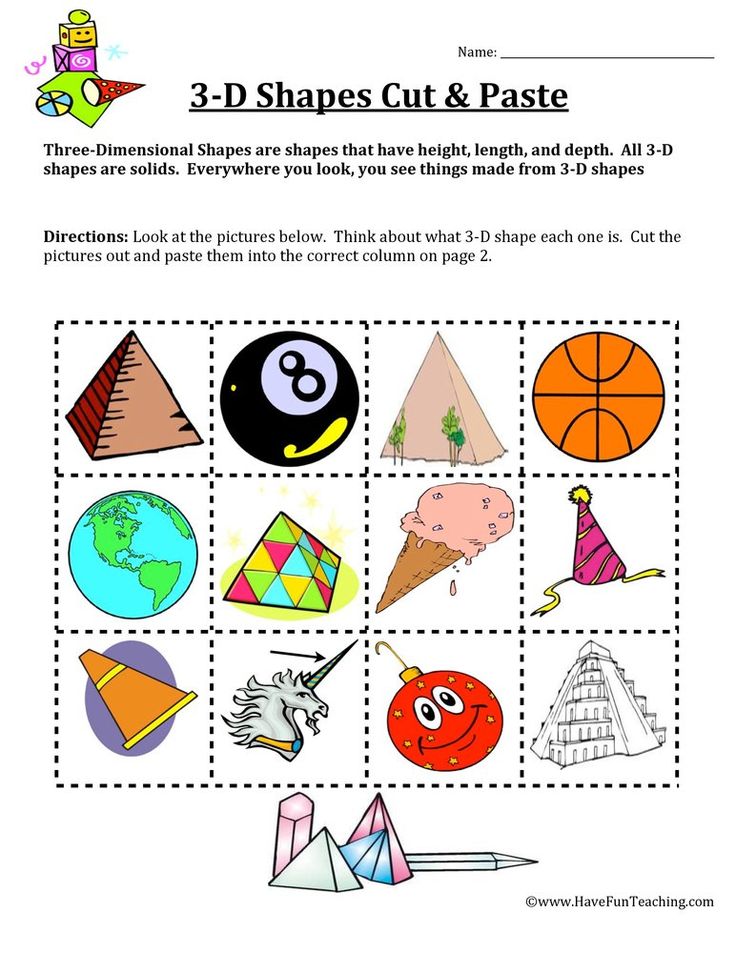 Purposeful movement of nature is carried out unconsciously. Aristotle's cosmology was a step backwards from the cosmology of the atomists and Pythagoreans.
Purposeful movement of nature is carried out unconsciously. Aristotle's cosmology was a step backwards from the cosmology of the atomists and Pythagoreans. 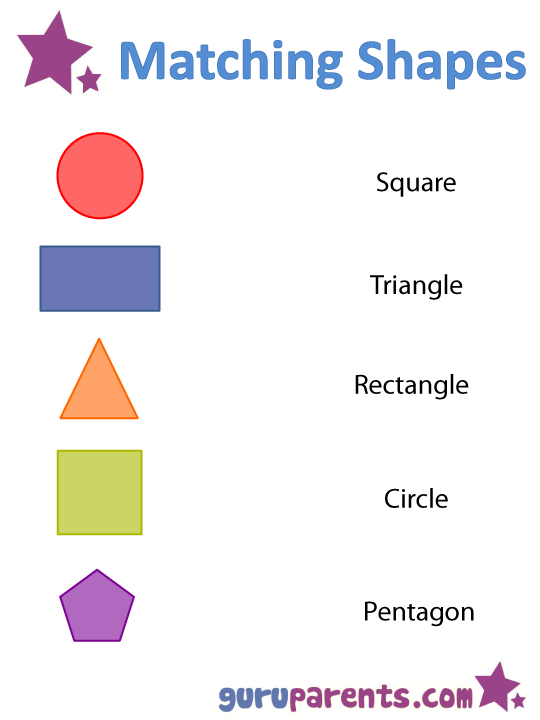 Although sensations are the source of theoretical thinking, they give only knowledge of the individual. The result of the repetition of sensations are general ideas. The highest level of knowledge consists not in sensations, but in concepts, in finding the common in the separate, which is carried out through theoretical activity of thinking. Aristotle is credited with developing questions of logic. For the first time in ancient Greek philosophy, we find treatises with him, dedicated to logic. For Aristotle, logic comes first tool of any science, by means of which certain results are achieved, logic is a kind of science of proof, forms of thinking applied when knowing.
Although sensations are the source of theoretical thinking, they give only knowledge of the individual. The result of the repetition of sensations are general ideas. The highest level of knowledge consists not in sensations, but in concepts, in finding the common in the separate, which is carried out through theoretical activity of thinking. Aristotle is credited with developing questions of logic. For the first time in ancient Greek philosophy, we find treatises with him, dedicated to logic. For Aristotle, logic comes first tool of any science, by means of which certain results are achieved, logic is a kind of science of proof, forms of thinking applied when knowing. 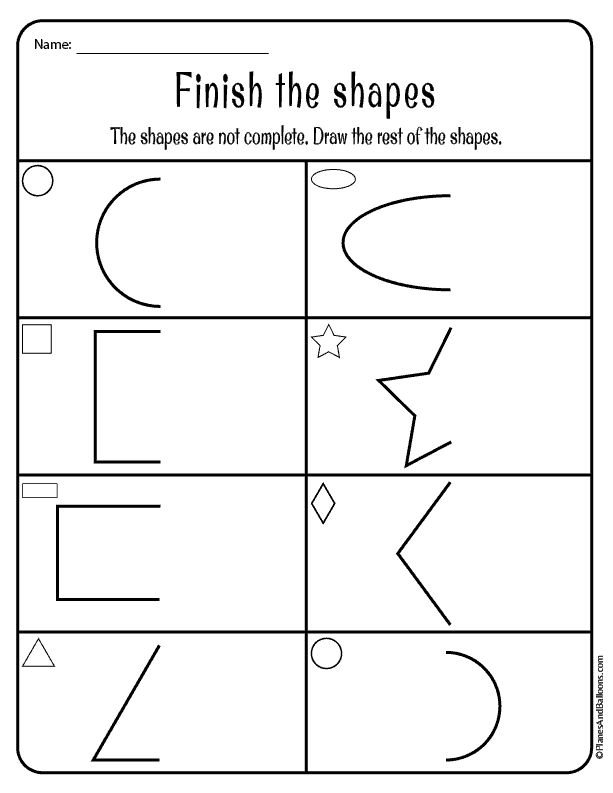 Aristotle made a great contribution in the creation of the theory of categorical syllogism. He writes: syllogism is speech, "in which, if something is presupposed, something necessarily follows, different from what is posited by virtue of the fact that what is posited is" [Aristotle. I Analytics. I, 246]. From the position that all people are mortal and Socrates is a man, it follows that Socrates died. A syllogism is a conclusion from the general to private, i.e. deduction. But Aristotle also recognized induction - a conclusion from a particular to the general.
Aristotle made a great contribution in the creation of the theory of categorical syllogism. He writes: syllogism is speech, "in which, if something is presupposed, something necessarily follows, different from what is posited by virtue of the fact that what is posited is" [Aristotle. I Analytics. I, 246]. From the position that all people are mortal and Socrates is a man, it follows that Socrates died. A syllogism is a conclusion from the general to private, i.e. deduction. But Aristotle also recognized induction - a conclusion from a particular to the general. 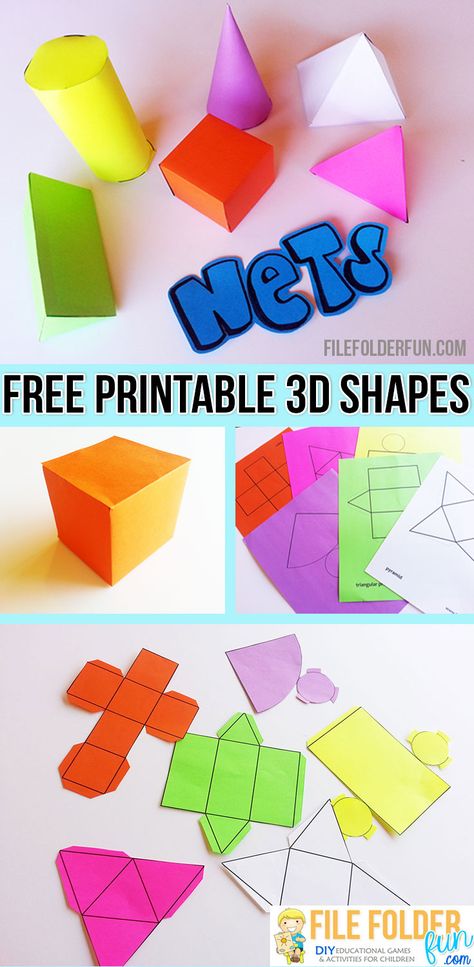 He defined judgment as a form of thinking, developed a comprehensive doctrine of categories. Aristotle first proposed classification of ten categories: 1) essence is the basis of all other properties; 2) quality; 3) quantity; 4) attitude; 5) place; 6) time; 7) position; 8) possession; 9) action; 10) suffering. Aristotle - creator not only logical science, but also psychology, presented in the treatise "On the Soul", where the understanding of the soul, the phenomena of perception and memory is given. soul, according to Aristotle, represents the highest activity of the human body. In the shower there is a mind (nus), which does not arise and is not subject to death, destruction. Aristotle makes an attempt to create a theory of the plant, animal and rational soul, underlying division - living beings into plants, animals and people. The organic part of the philosophical heritage of Aristotle is his views on issues development of society and the state. He rejects the "ideal state" project Plato and offers his theory of a state based on slavery.
He defined judgment as a form of thinking, developed a comprehensive doctrine of categories. Aristotle first proposed classification of ten categories: 1) essence is the basis of all other properties; 2) quality; 3) quantity; 4) attitude; 5) place; 6) time; 7) position; 8) possession; 9) action; 10) suffering. Aristotle - creator not only logical science, but also psychology, presented in the treatise "On the Soul", where the understanding of the soul, the phenomena of perception and memory is given. soul, according to Aristotle, represents the highest activity of the human body. In the shower there is a mind (nus), which does not arise and is not subject to death, destruction. Aristotle makes an attempt to create a theory of the plant, animal and rational soul, underlying division - living beings into plants, animals and people. The organic part of the philosophical heritage of Aristotle is his views on issues development of society and the state. He rejects the "ideal state" project Plato and offers his theory of a state based on slavery.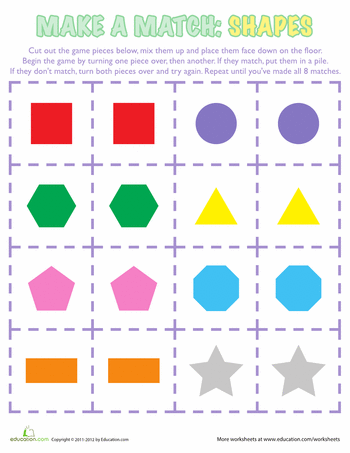 This the state, according to Aristotle, is the best form of community. IN in this state, power should not belong to the rich and the poor, but to the middle stratum slave owners. "In every state we meet three classes of citizens: very the prosperous, the extremely poor, and the third, standing in the middle between the one and the other. Since, according to the generally accepted opinion, moderation and the middle are the best between two extremes, then, obviously, the average prosperity of all goods is the best " [Policy. I, 9, Z]. Slavery as a phenomenon, Aristotle considered existing from nature. He regarded the slave as a "talking instrument" that belongs to the master who is a "social animal". Aristotle identified the following forms of state: monarchy, aristocracy, politician? (these are all normal forms) and tyranny, oligarchy, democracy (abnormal). The most perfect form state structure for Aristotle seemed to be watered. He stood for established social stratification of society.
This the state, according to Aristotle, is the best form of community. IN in this state, power should not belong to the rich and the poor, but to the middle stratum slave owners. "In every state we meet three classes of citizens: very the prosperous, the extremely poor, and the third, standing in the middle between the one and the other. Since, according to the generally accepted opinion, moderation and the middle are the best between two extremes, then, obviously, the average prosperity of all goods is the best " [Policy. I, 9, Z]. Slavery as a phenomenon, Aristotle considered existing from nature. He regarded the slave as a "talking instrument" that belongs to the master who is a "social animal". Aristotle identified the following forms of state: monarchy, aristocracy, politician? (these are all normal forms) and tyranny, oligarchy, democracy (abnormal). The most perfect form state structure for Aristotle seemed to be watered. He stood for established social stratification of society.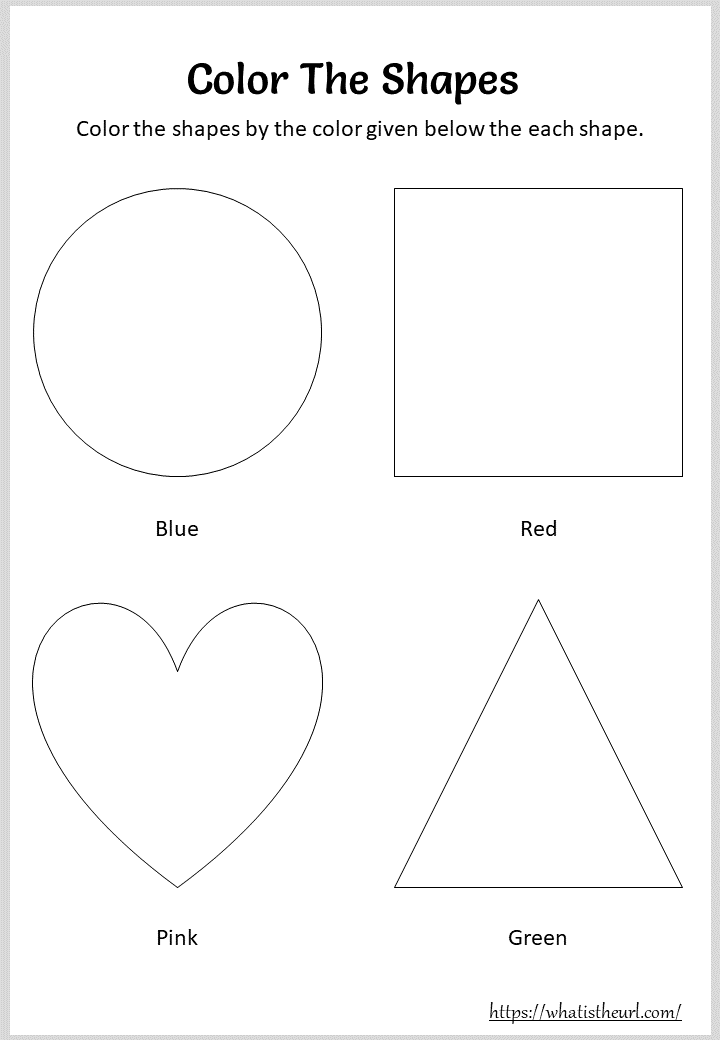 So, he wrote: "Is it fair will be if the poor, relying on the fact that they represent the majority, start to divide among themselves the wealth of the rich?” [Ibid. Sh, 6, I]. At the same time, he believed that considerable wealth was the result of an unnatural way of acquisition, which is "disgusting to human reason and state device".
So, he wrote: "Is it fair will be if the poor, relying on the fact that they represent the majority, start to divide among themselves the wealth of the rich?” [Ibid. Sh, 6, I]. At the same time, he believed that considerable wealth was the result of an unnatural way of acquisition, which is "disgusting to human reason and state device". 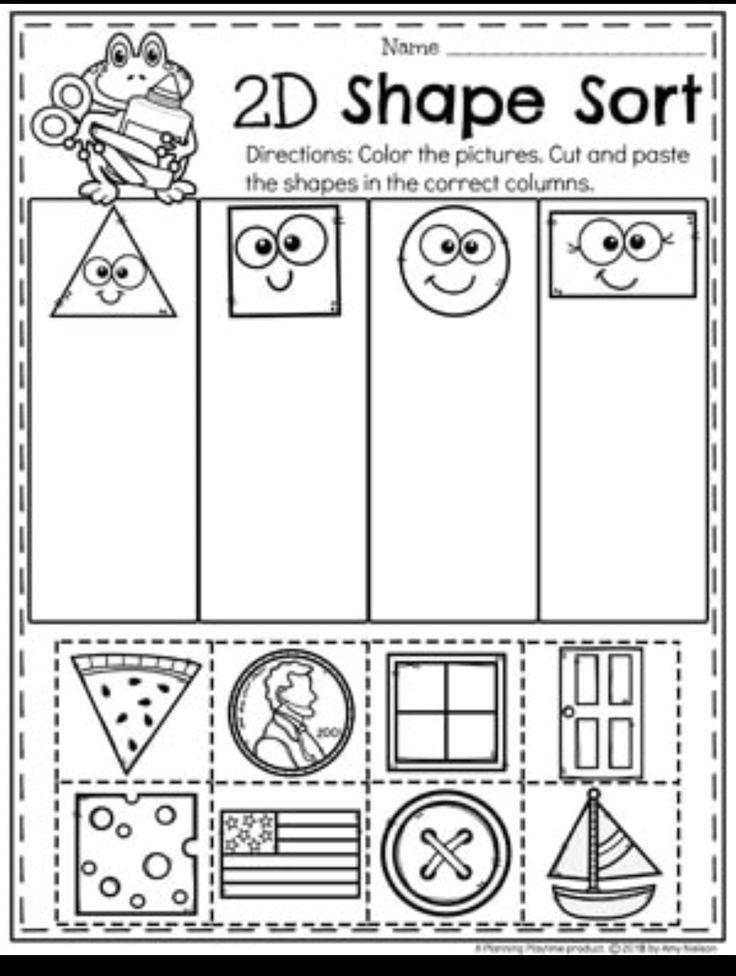 Among virtues Aristotle emphasizes justice. For him justice There are two types - equalizing and distributive. The first kind of justice refers to the goods of individuals and has to do with exchange in accordance with quantity and quality of labor. The second kind deals with common goods and aimed at sharing the benefits in accordance with the merits of citizens. ethics Aristotle characterizes as the preaching of active human activity. He rejects the desire for power and pleasure. Such a life is parasitic and animal, and he calls it "the slavish way of thinking." noteworthy considers a life that is characterized as practical (political) or theoretical (cognitive) activity. It is necessary, in his opinion, not only to know what virtue is, but also to act in accordance with it.
Among virtues Aristotle emphasizes justice. For him justice There are two types - equalizing and distributive. The first kind of justice refers to the goods of individuals and has to do with exchange in accordance with quantity and quality of labor. The second kind deals with common goods and aimed at sharing the benefits in accordance with the merits of citizens. ethics Aristotle characterizes as the preaching of active human activity. He rejects the desire for power and pleasure. Such a life is parasitic and animal, and he calls it "the slavish way of thinking." noteworthy considers a life that is characterized as practical (political) or theoretical (cognitive) activity. It is necessary, in his opinion, not only to know what virtue is, but also to act in accordance with it. 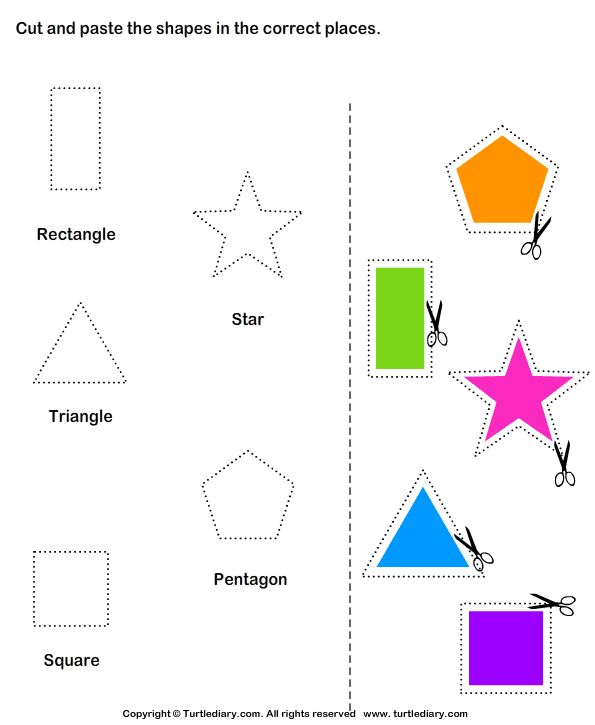 The highest form of art for Aristotle was a tragedy that, through catharsis, purifies a person and ennobles his feelings. The work of Aristotle in the field of philosophy and science is considered the pinnacle of ancient thoughts. He summed up the development of a whole period in ancient Greek culture - with its beginning up to the 4th century BC. He is credited with systematizing knowledge and the allocation of a number of scientific areas, which subsequently began to branch off into independent directions.
The highest form of art for Aristotle was a tragedy that, through catharsis, purifies a person and ennobles his feelings. The work of Aristotle in the field of philosophy and science is considered the pinnacle of ancient thoughts. He summed up the development of a whole period in ancient Greek culture - with its beginning up to the 4th century BC. He is credited with systematizing knowledge and the allocation of a number of scientific areas, which subsequently began to branch off into independent directions. 